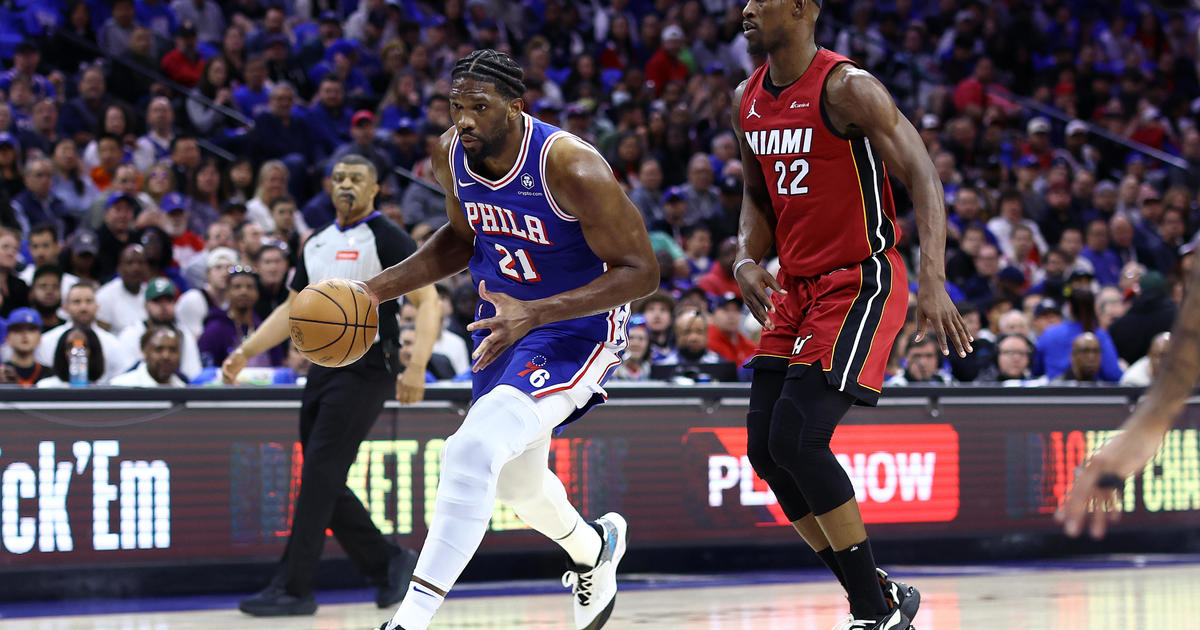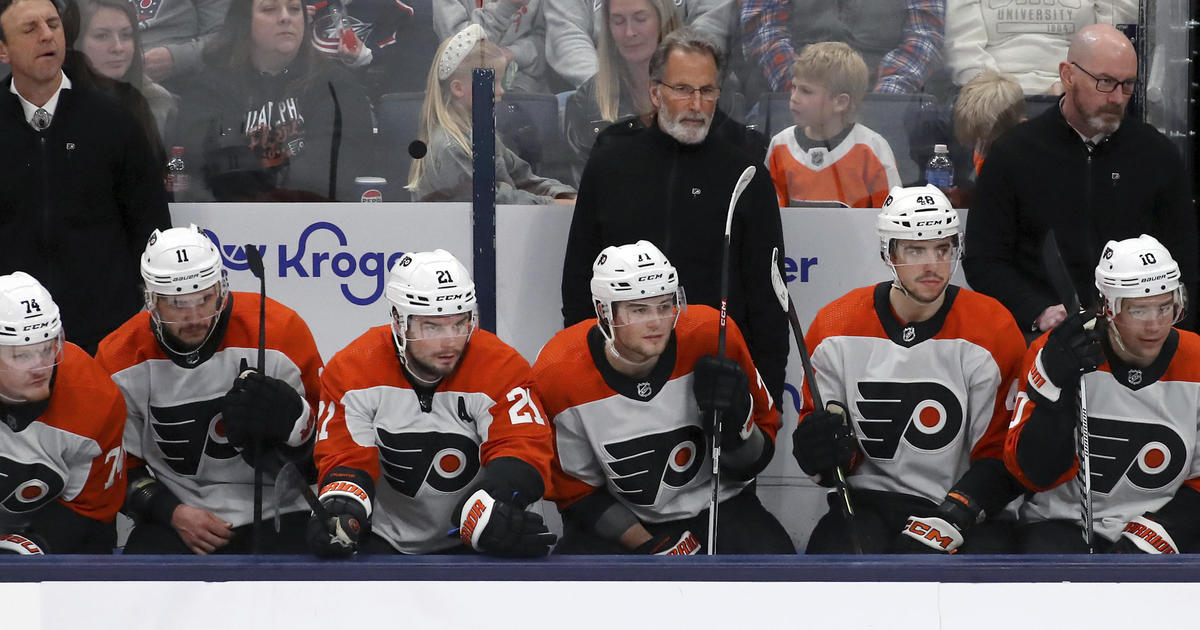NBA Struggling With Consistency On Crucial Playoff Calls
By Ray Boyd
PHILADELPHIA (CBS) -- During the NBA Playoffs we all want to be entertained by the best players in the sport fighting for the ultimate prize. The NBA wants to hinder the "fighting," as much as possible and rightfully so.
However, the league has displayed some inconsistency in it's last two games on similar plays that both involved star players on desperate teams.
In Game 3 of the Eastern Conference Finals, Al Horford's ankle was rolled up on by Cavaliers guard Matthew Dellavedova during a loose ball situation. As Horford fell, he appears to bend his arm and thrust his weight toward Dellavedova below.
He landed on the guard with authority. Followers of the postseason assume that Horford was sending a message. Dellavedova had dove for a loose ball at the feet of Kyle Korver ending his season as a result.
The incidents, coupled with a tangle up with Taj Gibson in the Bulls series, has many wondering whether Dellavedova is a dirty player. Regardless, Horford was ejected following a Flagrant 2 foul call. The Hawks went on to lose, falling into a 3-0 hole.
Below is the explanation the referees gave for the ejection:
As Ken Mauer notes, Horford was ejected for making contact to the shoulder and head area of Dellavedova and they must have deemed that contact to be "unnecessary and excessive," the language used to describe flagrant fouls in the NBA rules.
Fast forward to Game 4 of the Western Conference Finals. Dwight Howard and Andrew Bogut were tangled up on a play below the basket. Bogut can be seen noticeably grabbing Howard's arm.
Howard then throws his arm back in a swinging motion making contact with Bogut's head. Howard was assessed a Flagrant 1 and remained in the game. The Rockets went on to win and extend their series.
That is where the inconsistency comes in. Whether or not you think Horford should have been given a Flagrant 2, he was. The explanation given was that excessive contact was made to the opponent's "shoulder and head area."
It's hard to say that isn't the same instance that we see in the Howard situation. Was Howard allowed to stay in the game because it was Game 4 and the series could have ended if he was ejected?
Were the referees applying selective justice because they could see Bogut holding Howard's arm?
Regardless, the NBA has to find consistency with these rulings. There are reports that now the league is considering upgrading Howard's foul to a Flagrant 2 which could impact his availability for Game 5.
The league is doing a good thing policing on court incidents that could lead to fights which they don't want. However, you have to create some uniformity so that you don't box yourself into situations where you may have to eject a player like Howard in a crucial spot.
Had Horford not been ejected, there would be no talk of Howard getting ejected. The league needs to take a look at their flagrant foul distinctions, and more importantly, the way the referees are interpreting and applying the rules.



